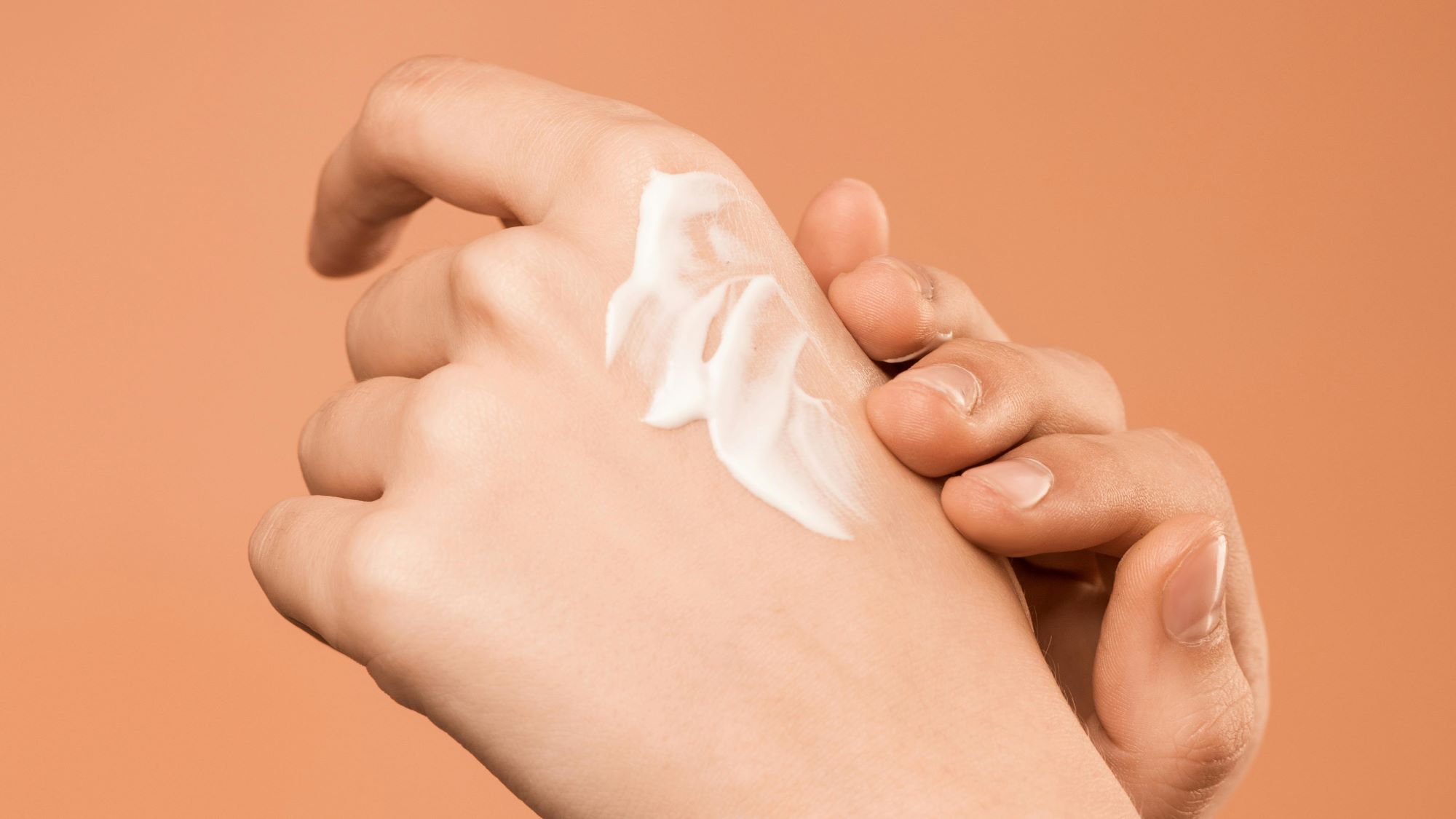Scientists at the George Washington School of Medicine have uncovered that cannabidiol (CBD)—yes, the same stuff from the cannabis plant—could potentially help shield your skin from the harmful effects of UVA radiation.
“We’re always on the lookout for new ways to protect our skin from the sun’s wrath, especially when it comes to UVA rays, which are like the ninjas of the UV world—they sneak deeper into the skin,” said Dr. Adam Friedman, co-author of the study and a professor of dermatology at the GW School of Medicine and Health Sciences. “No one approach is perfect, so adding a little CBD to the mix might just be another tool in our sun-protection arsenal.”
The research itself was a small affair, featuring just 19 participants with skin types so pale they probably burst into flames at the mere sight of sunlight. These brave souls volunteered their butts—literally—to science. For 14 days, they applied a cream to each cheek twice daily. One cream was loaded with nano-CBD, and the other was just a regular cream with no CBD love. Neither the participants nor the researchers knew which cheek got the VIP treatment.
After two weeks, it was time for the ultimate test: the researchers blasted the participants’ derrieres with UV radiation—up to three times the amount needed to cause sunburn. Skin biopsies were then taken 24 hours later to see what was happening at the microscopic level.
The results? Well, 21% of the participants showed less redness on the CBD-treated side, which is promising, but not exactly a miracle. Skin thickening, a common side effect of sun exposure, was also reduced in the CBD-treated skin, and there was less DNA damage and fewer mutations—basically, fewer bad things happening to your skin cells.
However, Dr. Sherry Yafai, a cannabis researcher not involved in the study, noted that while the findings are interesting, they’re just the tip of the iceberg. “It’s cool, but 21% isn’t exactly making us jump for joy in the medical world. We usually want to see effectiveness at 40 or 50% to really get excited,” she said. “There are still a lot of questions: Did they use enough CBD? Do we need more? Is there a role for other cannabinoids? Maybe even a little THC? We’re far from the finish line here.”
The study did have its limitations—just 19 participants, only one research center, and a lack of diversity in skin types, particularly darker tones. Despite these shortcomings, the research is a promising first step towards adding CBD to your summer skincare routine.
“There’s growing interest in the medical potential of non-psychotropic cannabinoids,” said Dr. Zakia Rahman, a dermatology professor at Stanford, who wasn’t involved in the study. “People want more ‘natural’ ways to protect their skin from UVA damage. This research is exciting, but it’s not the only option we have to protect against the sun’s aging effects. So, don’t ditch your sunscreen just yet—CBD might be joining the team, but it’s not the star player… at least not yet.”
Photo by Shiny Diamond




